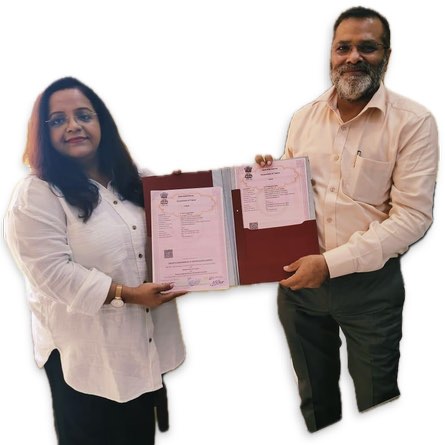North East: The Government of India (GoI) is committed to increasing the share of installed capacity of electric power generated from non-fossil-fuel sources to 50% by 2030. In line with this commitment, the GoI approved Phase-II of the “Grid Connected Rooftop and Small Solar Power Plants Programme” on February 19, 2019, aiming for a cumulative capacity of 40 GW of rooftop solar (RTS) plants by 2022. As of December 31, 2023, India has achieved the installation of 10.68 GW of rooftop solar.
To further accelerate the adoption of solar energy, the government has launched the PM Surya Ghar Yojana, targeting the installation of RTS systems for 1 crore households. This initiative is expected to provide multiple benefits, supporting the ongoing Revamped Distribution Sector Scheme (RDSS):
1. *Reduced T&D Losses:* Energy generation close to consumption points will help minimize transmission and distribution (T&D) losses.
2. *Rationalized Tariff Subsidy:* State government-provided tariff subsidies can be partially offset by energy supplied through the RTS program.
3. *RPO Compliance:* The program aids in meeting Renewable Purchase Obligations (RPO), mitigating the need for costlier power procurement.
4. *Economic Power Supply:* Prosumers will have access to economical power, especially during peak daytime demand, reducing the overall cost of supply.
5. *Enhanced Metering and Loss Reduction:* Net-metering incentivizes consumers to maintain proper metering, reducing Aggregate Technical and Commercial (AT&C) losses and improving collection efficiency.
6. *Empowered Consumers:* Households participating in the green energy transition can lower their electricity bills.
The PM Surya Ghar Yojana is anticipated to reduce the Average Cost of Supply (ACS),thereby narrowing the ACS-Average Revenue Realized (ARR) gap. Additionally, it aims to cut AT&C losses of distribution companies (DISCOMs) by decreasing T&D losses and enhancing billing and collection efficiency, ultimately improving the financial viability of DISCOMs.
To expedite the implementation of RTS systems and achieve program targets, DISCOMs are expected to adopt a mission-mode approach. Given that RTS is crucial for meeting loss reduction targets under the RDSS and offers complementary benefits, the existing RDSS scheme will be linked to RTS milestones achieved by DISCOMs.
In support of this initiative, a Memorandum of Understanding (MoU) has been signed between REC Limited, the Government of India, the State Government of Tripura, and the Tripura State Electricity Corporation Limited. This MoU aims to streamline procedures and link achievements under the RTS program with the RDSS.











